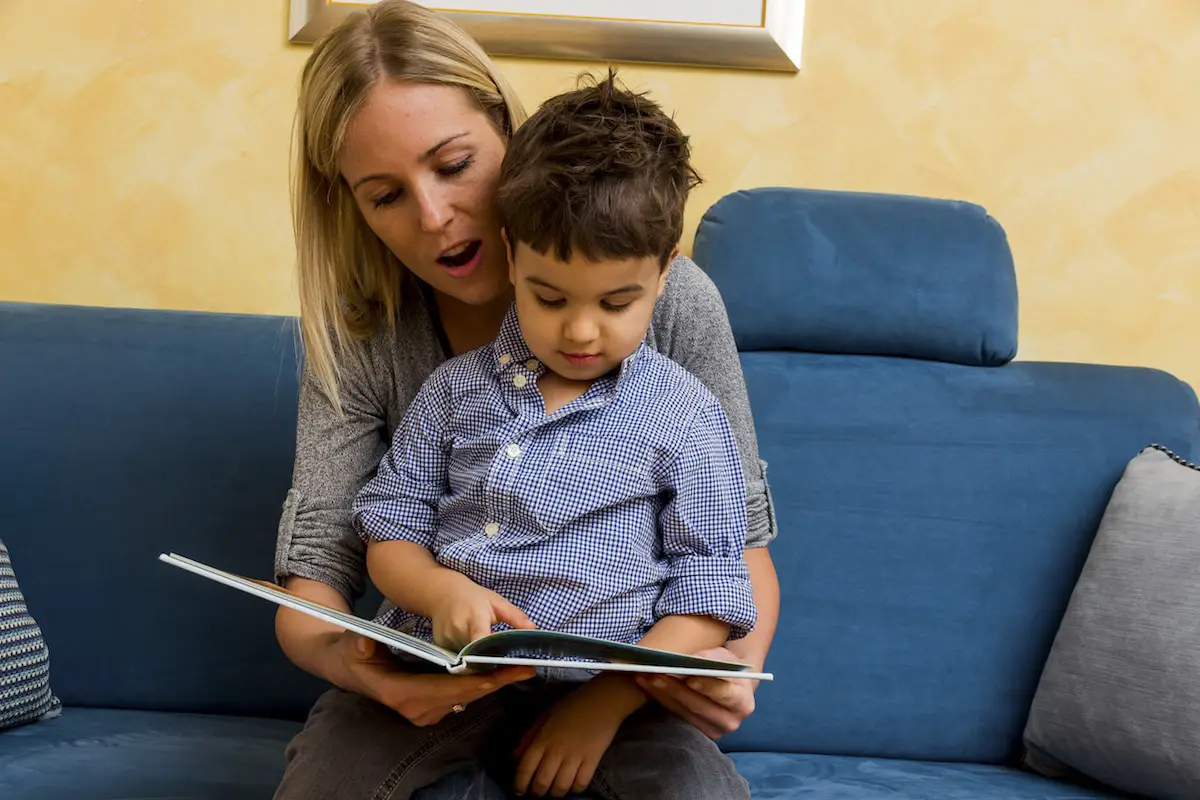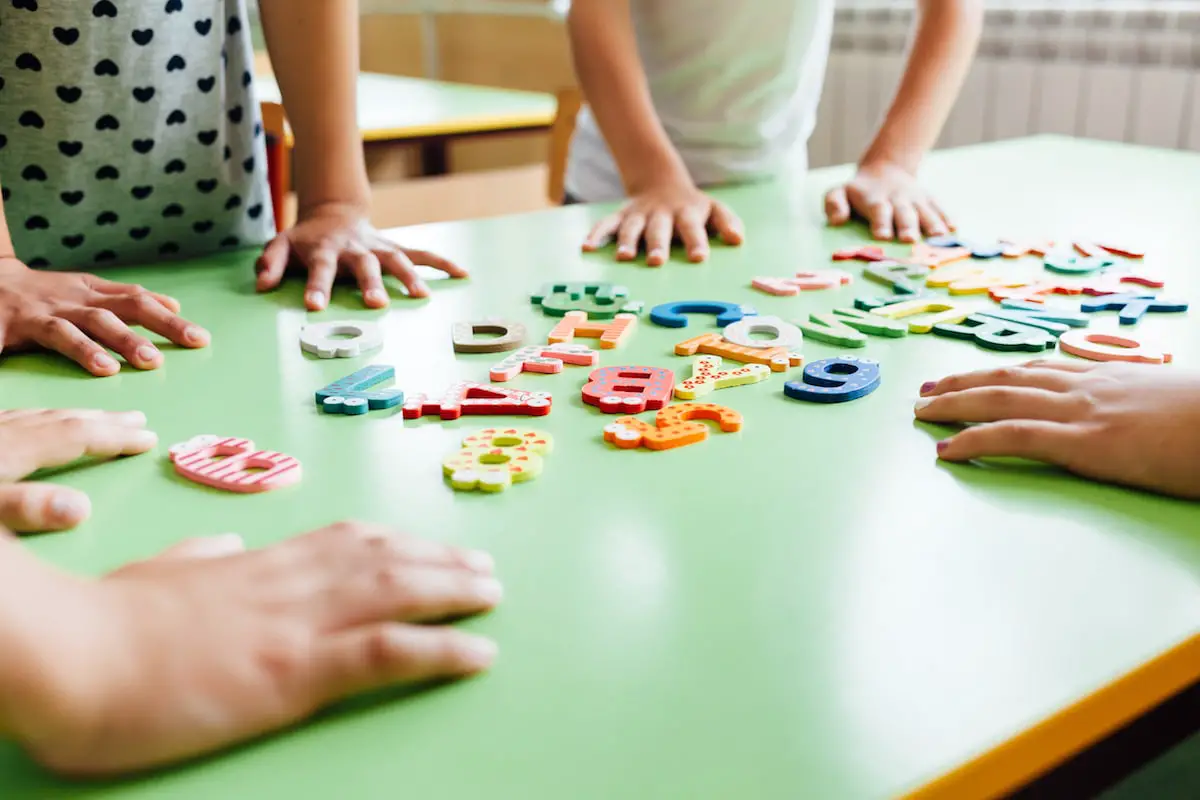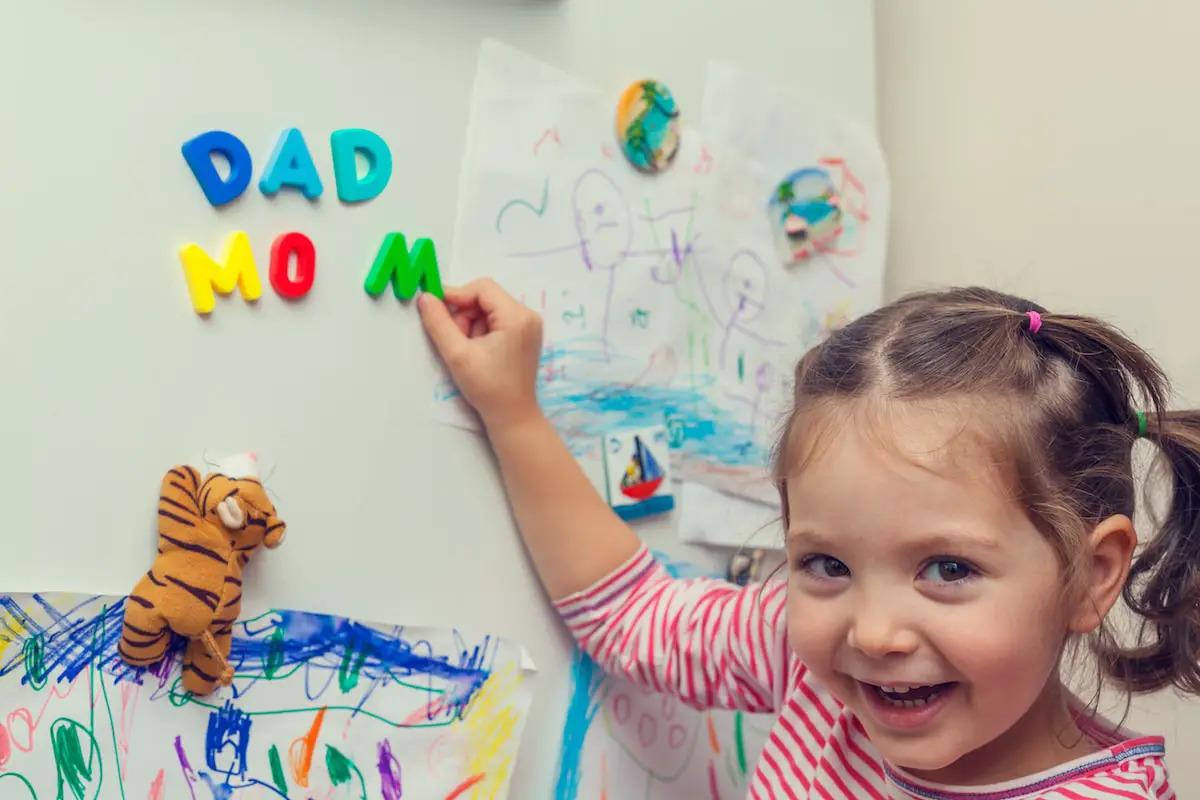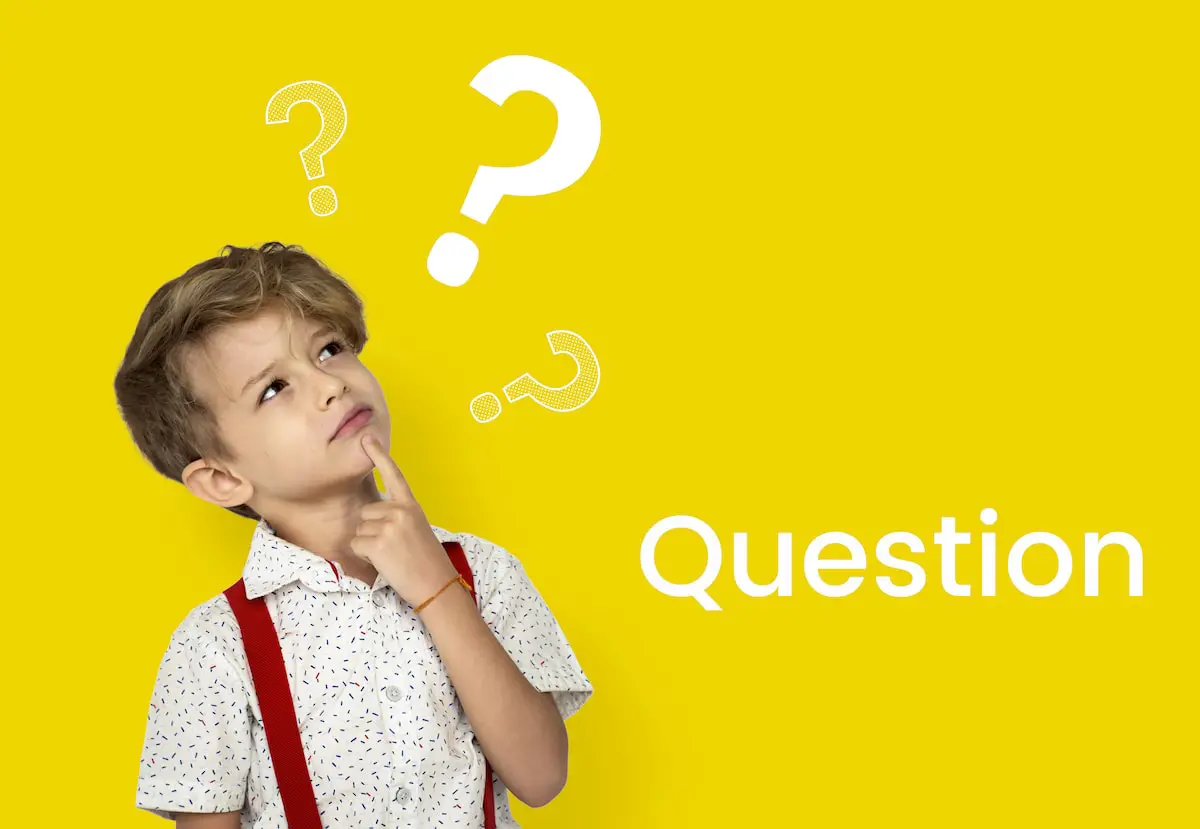
Is there anything more valuable in life than reading? Any skill that unlocks so many doors and opens so many worlds? Any ability that so shapes a person’s life?
Being able to effectively read is one of those skills that simultaneously opens many pleasures and many opportunities. The ability to read well dramatically enriches a person’s life.
Traditionally, in order to teach your child to read, you had to depend on a school teacher. The teacher would take your child through a series of exercises that, if everything went well, would result in your child being able to read well.
Reading Heart Start
Unique reading program developed by a loving parent and English teacher of 14 years
But times have changed. Thanks to an ever-increasing amount of available information regarding reading, now every parent, guardian, or mentor can teach a child how to read.
Whether you are considering an alternative method of schooling, such as homeschooling, or simply want to give your child a head start, you can teach your child to read right now.
But let’s be honest: the thought of teaching your child to read can be intimidating. There are so many variables to consider, so many new concepts that must be communicated clearly. It’s no small thing to teach a child to read.
That’s where we come in.
In this post, we’re going to help you teach your child how to read. We’re going to give you a set of proven steps that, if followed, will have your child far down the path of reading.
Ready? Let’s get started.
Look For Pre-Reading Behaviors



Before you start teaching your child to read, you need to look for what are called “pre-reading behaviors”. These are behaviors that indicate that your child may be ready to learn to read.
What sorts of behaviors are we talking about?
- Being aware of print on signs, labels, packaging, etc. For example, your child may be able to identify the Dunkin’ Donuts sign before they can actually read the letters on it.
- Playing sound manipulation games. This includes games like saying, “Hannah Hannah banana, banana-nana fofana…”.
- Being aware of words that rhyme.
- Understanding concepts about print. If your child knows how a book should be held or understands what it means to turn a page, this may indicate that they’re ready to start learning to read.
- Sound discrimination. Your child understands and articulates that certain words start with the same sound. For example, your child can tell that the word “muffin” and “motor” start with the same sound.
While none of these behaviors looks much like reading, they are all signs that your child is probably ready to start learning how.
What steps should you follow when teaching your child to read? We recommend the following.
Step #1: Understand The Core Skills Needed For Reading



Before we get into the nitty-gritty regarding the methods and tactics used to teach reading, let’s take a step back and look at the skills your child must acquire in order to read effectively.
There are five basic skills that your child must learn in order to read effectively.1. Phonics - The ability to map different letters to sounds. It’s the skill of seeing a letter and being able to translate that letter into a distinct sound.
2. Phonemic Awareness - The ability to both hear and to manipulate different sounds in words. For example, the word “crab” is made up of four distinct sounds. Phonemic awareness is the skill of hearing, identifying, and manipulating those sounds.
3. Vocabulary - The ability to understand what words mean, as well as how the meaning can change depending on the context.
4. Reading comprehension - The ability to understand full sections of text, both in fiction and non-fiction books.
5. Fluency - The ability to read aloud with speed, understanding, and accuracy.
In order to read well, your child must learn all five key skills. The following steps will help your child gain these critical skills.
Step #2: Read Aloud To Children



Teaching your child to read can start at any age. No, your children probably won’t be able to actually read and identify words at the age of two. Nevertheless, you can start the reading process by regularly reading books aloud to your children.
Reading aloud to your children from a young age allows you to accomplish two important things. First, it lets you bond with your child in a unique, special way.
Few things are more special than having your child cuddle up with you to read. Few things create a bond between the parent and child like reading a good story together.
Second, reading aloud to your children instills a love for reading at a young age. And the stark truth is that enjoying reading is a big predictor of success for school-aged children.
The more your children learn to love reading at a young age, the greater the odds of them succeeding in school. By reading aloud with your child, you help create a love for reading in them.
How much should you read to your child? Obviously, it will depend both on the age and abilities of the child. A simple goal of twenty minutes per day is reasonable and is plenty of time for your child to acquire a love for reading.
If your child is able to read more, then by all means, read more! There’s no hard and fast rule here.
Ideally, you want to be reading books that your child will really enjoy. Remember, the goal is to foster a deep love for reading, not just teach them to read. By reading books that they enjoy, you increase the odds of this happening.
Discover The #1 Subject Every Parent Needs To Teach Their Child At The Youngest Age Possible
Step #3: Set An Example Of Reading



In addition to reading to your child from a young age, you also want to set an example of reading for them. After all, children regularly imitate their parents. If your children never see you reading, it’s significantly less likely that they’ll want to read.
If, on the other hand, you consistently read in front of your children, the odds are much higher that they’ll want to imitate you and read.
Every day, make a conscious effort to read something, whether it’s a novel, a magazine, your Bible, or any other book. You want to be able to show your children that reading truly is a pleasurable activity.
If your children see you regularly reading, they’ll understand that reading is something done for pleasure and not as a chore. If you need help reading more books, this post may help.
It’s easy to get wrapped up in making sure your child is doing the right things. While this can be a good thing, don’t neglect yourself! Take time for yourself to read, and set a great example for your children while you’re at it!
Step #4: Use Songs and Nursery Rhymes To Teach Reading



Yes, children’s nursery songs and rhymes can be a lot of fun. After all, who doesn’t like to sing about Old MacDonald or tell the story of Humpty Dumpty? But nursery rhymes aren’t just for fun.
The various rhymes and rhythms can help children begin to distinguish different words, syllables, and letter sounds, which are critical skills for reading.
One of the most effective ways to build phonemic awareness is to say the songs or rhymes together. Clapping to the rhythm of the song or rhyme can also help children begin to understand how the words and sounds are distinct.
Plus, it’s just a fun way to bond with your children.
Step #5: Introduce Letters
Eventually, the time will come to introduce letters to your children. And while there will certainly be a fair amount of memorization involved in this process, it’s critical that you don’t get overly focused on pure memorization.
The goal is to teach your children how to read, which involves understanding both what the letters are and what sound they make.
As your child works to memorize the letters, also work to help them memorize the sound each letter makes. This part is crucial, particularly as they begin to string sounds together to make words.
Step #6: Point Out Words and Letters Everywhere You Go



We live in a world of words and letters. Almost every man-made object contains some letter or word on it. This presents a tremendous opportunity for you to teach your child how to read.
Your child’s mind is a sponge, constantly soaking up everything they see and hear. Take advantage of this as you go throughout your day.
Point out printed words on everything from cereal boxes to the television to books to posters. When you’re outside the house, point out words on billboards, street signs, and buildings.
After your child starts to get used to this activity, you can start sounding out the letters.
Focus primarily on the first letter in words. For example, let’s say you see the word “carrot”. Point to the “C” and ask your child, “What sound is that letter?” Then ask, “What is another word that starts with that sound?”
Then you can change the game a bit by asking, “What word rhymes with that word?”
Your goal with all these exercises is to create an environment where reading happens everywhere and all the time. Instead of treating reading as an activity that happens and stops, treat reading as something that is done constantly (which it is).
Reading Heart Start
Unique reading program developed by a loving parent and English teacher of 14 years
Step #7: Play Word Games



Word games are a wonderful way to create an environment of reading. When playing these word games, encourage your child to listen to, identify, and then manipulate the sounds in the words.
As questions like:
- What sound does the word _____ start with?
- What sound does the word _____ end with?
- What other words start with the sound _____?
- What word rhymes with _____?
You can play these word games at almost any time, whether you’re driving in the car, making dinner, or even getting your child ready for bed. When playing the games, be enthusiastic.
Help your children have fun while learning to read.
Step #8: Use Multiple Areas of Development
Your child has multiple areas of development involving different senses. By utilizing teaching methods that tap into different areas of development, you can increase their overall learning.
For example, doing alphabet crafts utilizes your child’s fine motor skills and allows them to see (and feel!) the different shapes of letters. Other games can involve gross motor skills, such as tossing beanbags onto various letters.
Songs and rhymes tap into your child’s sense of hearing.
You can get as creative as you want in this area! Want your child to utilize their senses of taste and smell when learning to read? You could even bake bread in the shape of various letters! Your imagination is your only limit.
Remember, when doing these games what matters most is learning the sounds of letters, even more so than their names. This is what will help them learn to read most effectively.
Step #9: Occasionally Use Technology To Spark Interest In Reading



While we certainly don’t recommend depending heavily on exclusively to help your child learn to read, you would be wise to take advantage of some of the hundreds of reading apps available today.
Some of the best apps for learning to read are:
- Feel Electric
- Learn To Read
- Learn With Homer
- Endless Alphabet
- Bob Books #1: Reading Magic
- MeeGenius
- Martha Speaks Dog Party
These apps all offer different ways of learning to read and can be an outstanding supplement to your teaching efforts.
Step #10: Teach Word Families
Word families are simply words that rhyme. By teaching word families, you help your child begin to see patterns in words. This is a critical skill because it allows your child to start reading by grouping sets of letters together rather than simply sounding out a single letter at a time.
For example, once your child recognizes the word “dog”, they’ll have a much easier time reading other words that end in “og” (log, bog, cog, etc.). Because only a single letter is changing, they are able to grasp how the word should sound.
Step #11: Teach Phonemic Awareness and Phonetics
Phonemes are the smallest sounds in the English language and consist of consonants, short vowels, long vowels, and digraphs (ch, th, sh, etc.).
Phonemic awareness involves learning those sounds, as well as how to manipulate them within words.
Phonics involves learning how to spell those sounds, as well as the various rules that the English language follows.
While learning phonemes and phonics are certainly critical to learning to read, they are not the primary focus. Ultimately, the main goal is reading comprehension.
Learning phonemic awareness and phonetics is part of learning to spell, which ultimately is part of reading comprehension.
Discover The #1 Subject Every Parent Needs To Teach Their Child At The Youngest Age Possible
Step #12: Begin To Teach Decoding
Decoding is the ability actually sound out words a single letter at a time. This step comes once your child knows the sounds that each letter makes. At that point, they’re ready to begin actually putting words together.
When studying a short word, such as “dog”, encourage them to sound out each letter individually, then put them all together into the complete word. So, for example, first, you would have them do the individual letter sounds d/o/g.
Then you have them put all those sounds together into the word “dog”.
The more your child decodes words, the better at it they’ll become. They’ll soon be able to automatically look at a word and know what it says without even sounding it out.
The task of sounding out letters can get a bit boring to children so you may need to get creative in order to make it fun. Consider purchasing finger puppets to use when pointing out the individual letters of each word.
Step #13: Create Simple Word Flashcards



This is a simple but very effective exercise. On a note card (or another type of flashcard), write a word that contains three separate sounds (sat, pig, pot, fin, etc.). Read the word together and hold up three fingers as you read the word.
Ask your child to say the first sound they hear in the word. Once they get it right, put one finger down. Then ask them to say the second sound in the word. Put your second finger down. And so on.
This activity takes almost no time to prepare, and it builds and strengthens phonics and decoding skills.
Need help creating flash cards? Check out this post.
What should you do if your child is just starting to learn the alphabet? Instead of focusing on the names of the letters, focus on the sound that each letter makes.
Step #14: Play With Letter Magnets



Letter magnets are yet another fun way to get your child hooked on reading. Put a bunch of letter magnets on your refrigerator. Organize some of those magnets into words and ask your child to sound out each letter in the word.
Some children have difficulty with middle vowel sounds, and letter magnets can be particularly helpful in this area. Say a word that has a consonant, vowel, and then consonant, such as “cat”.
Then ask your child to spell out this word using the magnets. If your child needs help, say each vowel sound aloud and ask them which one sounds most like the one in the middle.
Step #15: Teach Sight Words
Once your child has started to master the skill of decoding, you can slowly begin to introduce them to sight words. These high-frequency words are the most common words in the English language and are often difficult for children to decode because they don’t follow the standard rules.
Because they don’t follow these rules, they must be memorized.
Ideally, reading shouldn’t be focused primarily on rote memorization. However, due to the tricky nature of sight words, they must be memorized.
If you are looking for lists of sight words, you may want to check out:
Don’t be overwhelmed by the sheer number of words on this list. Start small and slowly make your way through them.
Step #16: Ask Questions To Help Your Child Comprehend



As your child begins reading, it’s critical that you consistently ask them questions to ensure that they understand what they’re reading.
For example, if you’re reading a book with your young child, ask them simple questions about what’s happening in the book. If you say, “That’s a tiger,” ask them to point out the tiger to you.
As they get older, ask them questions during and after you read. Ask them about simple plot points to ensure that they understood what they were reading.
Ask them what they think is going to happen in the book or which characters performed which actions.
Remember, your main objective is not simply to teach your child to read. You want to teach them both to understand and to enjoy what they’re reading.
If you focus exclusively on phonemes and phonics and sight words, they may learn how to read words without learning how to comprehend what they’re reading.
Regularly ask them questions to help them improve their overall comprehension of what they’re reading.
Step #17: Make Reading Fun
If you teach your child to read and yet they ultimately end up hating it, you haven’t succeeded. Yes, the goal is to get your child to be able to read effectively. But that’s really only half of the objective.
The other half is to get them to love to read.
How do you get your child to love reading? By making it as fun as possible. The more you can turn reading into a game, the more likely it is that your child will begin to love reading.
So use your creativity as much as possible. Weave reading into the fabric of the day, rather than focusing exclusively on it for a few moments. Make it enjoyable!
Step #18: Be Patient
The simple truth is that, for most children, reading takes a long time to master. If you want the learning process to be enjoyable for both you and your children, you’ll need to be patient. Enjoy the process as it unfolds. Marvel at the learning ability of your child.
Use teaching reading as an opportunity to bond further with your child. Don’t try to push them too hard. Yes, there will be times when they need a bit of external motivation.
But you also want them to enjoy the process, and if you push too hard, you run the risk of turning reading into a chore.
So be patient with your children as they learn the skill of reading.
Step #19: Encourage, Encourage, Encourage
This is the last and perhaps most important step. If your children are going to learn how to read, it’s absolutely essential that you consistently encourage them.
They need to hear you praise them on a regular basis. They need to feel proud of themselves when they make forward progress.
So don’t be stingy on your encouragement. When they have a success, heap encouragement on them which will motivate them to keep going.
Teaching Children To Read By Age
So now that you know how to teach your child to read, let’s look at what you should be teaching your child at each stage of their development.
Ages 1-2
At this age, reading should simply be part of your daily routine with your child. Obviously, they won’t be able to read at this age. However, you can begin to instill a love of reading in them by regularly reading to them.
Ideally, reading will be interactive at this stage, with you reading and your toddler pointing to things and even touching the book. Books that have touchable elements are particularly good for this stage.
Ages 3-5
Assuming that pre-reading behaviors are evident and that you have been creating a literate environment around your child, you can begin to teach your child how to read by the age of three. Even though your child’s vocabulary is still limited at this point, you can begin to teach them phonics.
By age 4, their vocabulary will be more extensive and you can begin to focus on letter sounds and even word sounds. They can also slowly begin to write and spell. Learning to write their name is a good first step.
You can also encourage them to even make up their own words just to give them practice writing letters.
By age 5, your child may be able to read basic words and even begin reading sentences. They can also continue to develop their basic writing skills, focusing on writing simple words.
Simple exercises include helping them determine what letter a word starts with, or even helping them create a simple book.
Ages 6-8
Between the ages of 6-8, your child’s reading ability will jump immensely (assuming all things are equal). They will move from being able to read simple children’s books to reading in-depth works of fiction.
One of the best ways you can begin to support your child at this stage is by regularly taking them to the library to get new books. This will foster a love for books and reading.
It should be noted that every child progresses at a different speed when it comes to learning to read. Some children will learn to read much more quickly than other children.
That’s normal and should be expected. If you suspect that your child may have a reading disability, speak with their teacher or contact a specialist. They’ll be able to help you know what the best next steps are.
There’s No Magic Formula
It needs to be pointed out that there’s no magic formula when it comes to learning to read. If you follow the steps above, you’ll certainly set yourself up for success, but don’t box you or your child in.
Every child learns to read at their own pace and in their own way. Give your child space to learn in a way that is most effective for them.
It truly is a miraculous thing to see a child learn to read. As you go through the process, enjoy it. Don’t get overly stressed out about it. It will happen. Simply follow the steps and watch with amazement as your child learns the magic of reading.
Reading Heart Start
Unique reading program developed by a loving parent and English teacher of 14 years
Have a learning Center